Acacia nilotica Seeds
Acacia nilotica seeds are dark in colour, elliptical, flattened and bean shaped. Acacia nilotica (Fabaceae) is commonly known as Gum Arabic tree, Babul, Babool, Kikar, thorn mimosa or thorny acacia., thorn tree. Acacia nilotica trees can stand exceedingly dry conditions. It has spherical crown.
It has several synonyms including, Acacia arabica, Acacia adansonii, Mimosa Arabica, Mimosa nilotica, Mimosa scorpioides and Vachellia nilotica etc.
Each seed is 7-8 mm in diameter with a hard seedcoat. Their seeds show considerable variation in their quality due to the nature of their origin. Seeds collected from moist localities are generally bigger than that of dry localities.
Seeds of Acacia nilotica Sub-species
Some subspecies of Acacia nilotica such as nilotica, tomentosa, cupressiformis, indica are tall riverine trees and their pods has necklace-like shape with constrictions between the seeds. The remaining subspecies such as adstringens, kraussiana, leiocarpa, subalata grow in drier areas and has straight edge pods.
Subspecies of Acacia nilotica
Acacia nilotica comprises 9 subspecies including, Acacia nilotica var. nilotica, Acacia nilotica var. indica, Acacia nilotica var. kraussiana, Acacia nilotica var. tomentosa, Acacia nilotica var. subalata, Acacia nilotica var. leiocarpa, Acacia nilotica var. cupressiformis, Acacia nilotica var. hemispherica and Acacia nilotica var. adstringens.
Acacia nilotica Overview
Acacia nilotica is a medium size evergreen tree that reaches up to 20-25 m in height. The trunk is 1 m in diameter and cylindrical in shape. The crown may be round or flat. The leaves are compound, alternate, 5-15 cm long with 7-36 pairs of hairy leaflets. The flowers are bright to golden yellow in colour and fragrant. The fruits are indehiscent pods, linear, narrow, 4-22 cm long and 1-2 cm wide. The tree produces a large number of fruits every year during April to May. These pods are velvety and dark brown in colour. Each pod contains 8-15 seeds. The seeds lie in a transverse to the long axis of the pod.
Propagation of Acacia nilotica through Seeds
The Acacia nilotica can be propagated through their seeds. Their seeds germinate naturally at subsides of floodwaters. But in nurseries they are pre-treated before sowing in order to break their dormancy. Then the seeds are sown into soil in seedbeds or individual pots.
Storage of Acacia nilotica Seeds
The seeds of Acacia nilotica can be stored in tins, baskets or bags. They should be placed in cool and dry place. If the seeds are stored for a long time, they need to be stored in completely air tight containers.
Treatment of Acacia nilotica Seeds before Sowing
As the seedcoat of Acacia nilotica is very hard and impermeable, so it requires pre-treatment for germination. There are four methods through which seeds can be treated before sowing.
- Immersion in cold water for 48 hours
- Immersion in hot water (800˚C) for 30 minutes. After treating with hot water, the seeds are soaked in normal water for 24 hours before sowing.
- Soaking in sulphuric acid (90%) for 10 to 30 minutes. After treating with sulphuric acid, the seeds are washed properly and dried prior to sowing.
- Seeds collected from goat/sheep pens do not need any further treatment. They are readily sown in soil. Therefore, animals are usually fed with Acacia nilotica pods for this purpose.
Nursery Practices of Sowing Acacia nilotica Seeds
The seeds of Acacia nilotica can be sown in nursery beds by broadcasting or dibbling method. However, the dibbling method is generally preferred. The plant is raised in polythene bags. Two or more seeds are sown in each bag about 1.5 cm deep.
Germination of Acacia nilotica Seeds
Germination occurs after 1-3 weeks and mostly completes in a month. The seedlings are transfer to their permanent position after 5 months.
Requirements of Acacia nilotica Seedlings
Acacia nilotica seedlings prefers dry conditions and well-drained soil. They needs average temperature within the range of 15-28˚C but do not tolerate frost conditions. Water should be sprinkled only when the top soil dries out. They prefer partial shade and partial light.

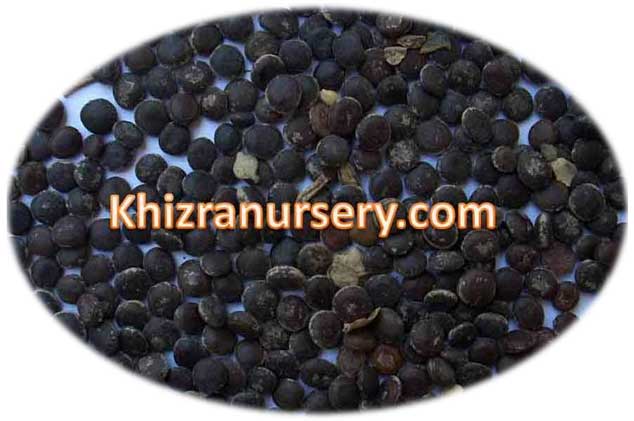




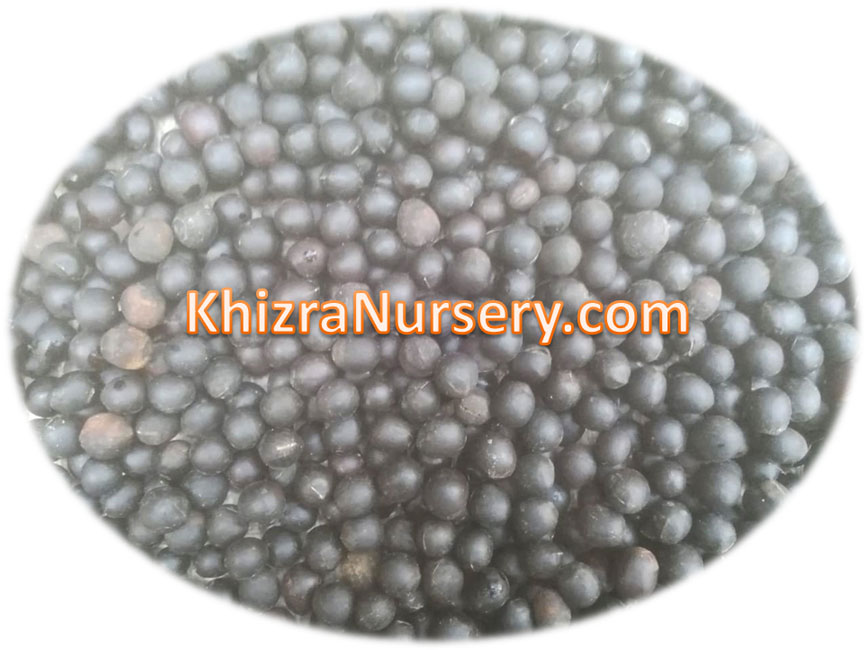

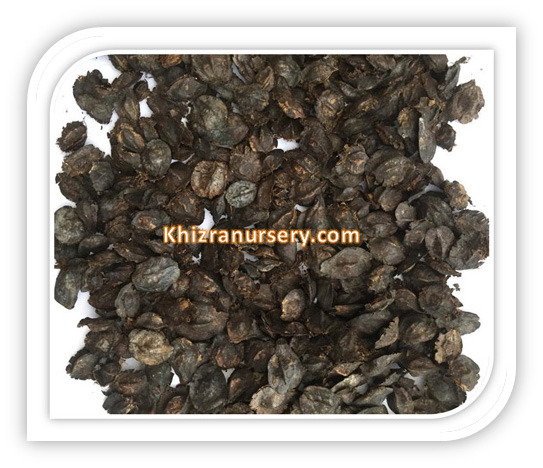
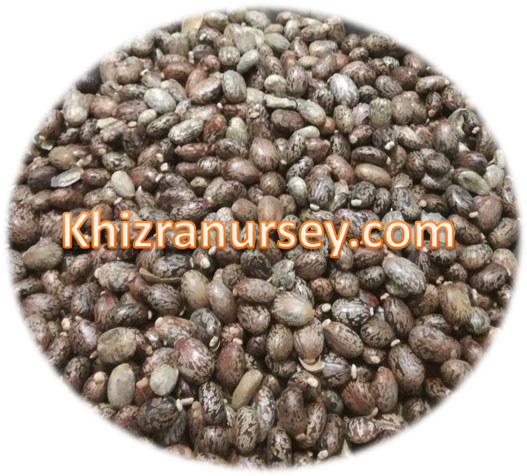

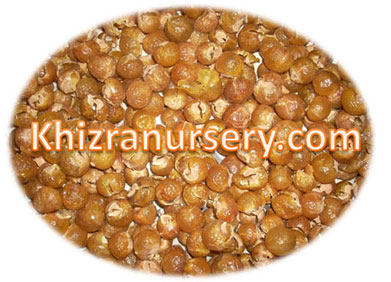
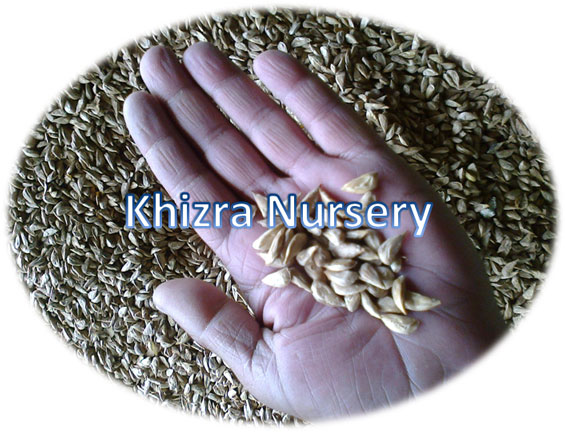
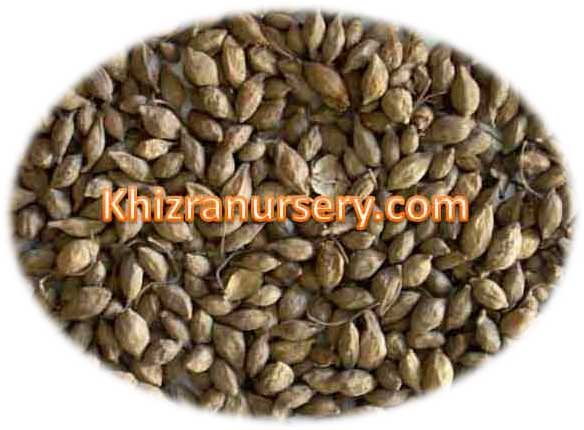
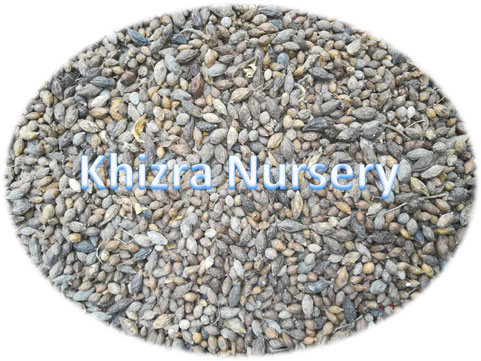
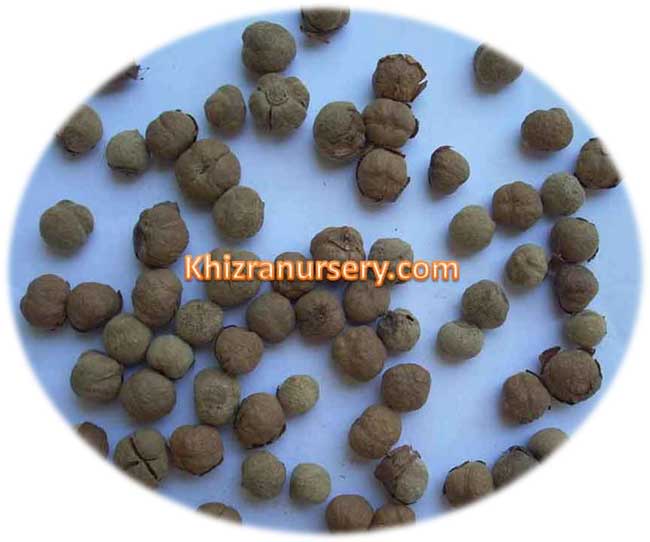

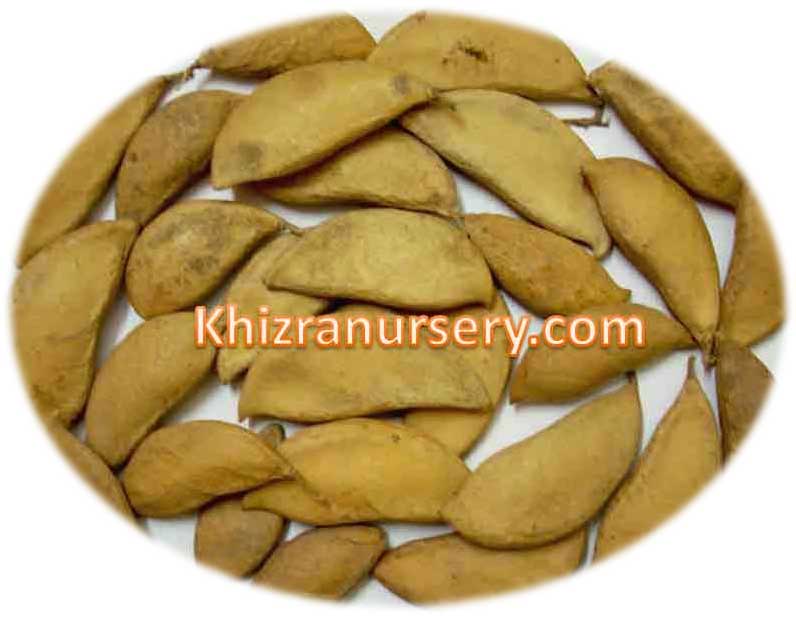

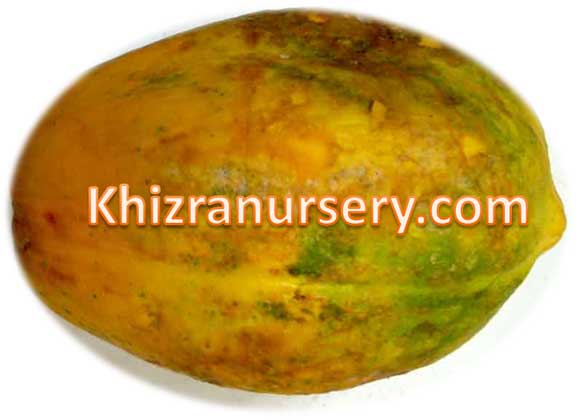

Reviews
There are no reviews yet.